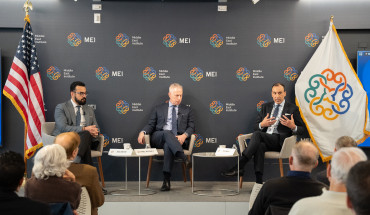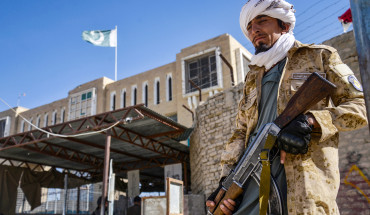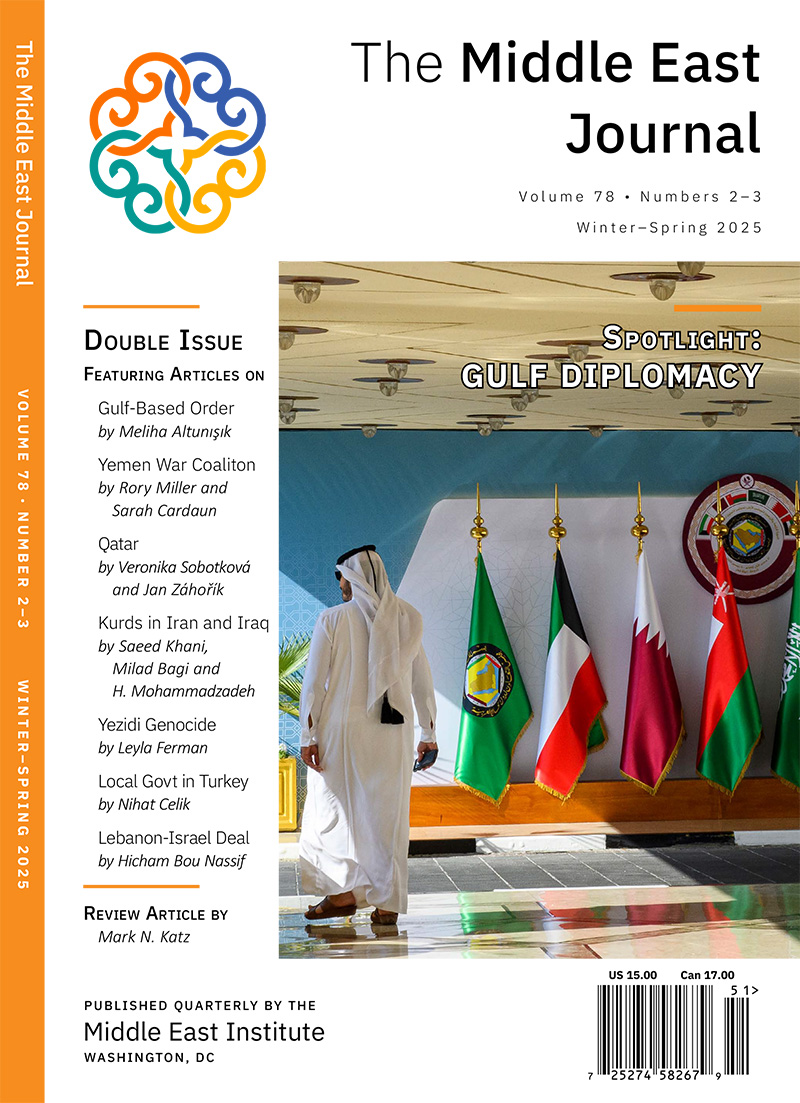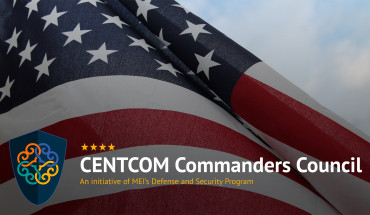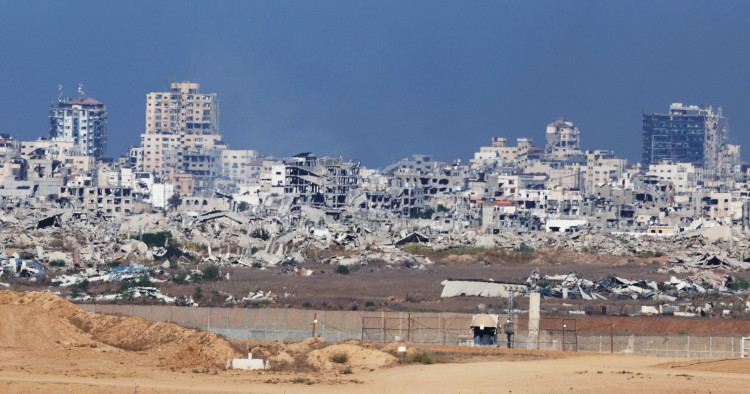US President Donald Trump sent his top Middle East envoy Steve Witkoff and his son-in-law Jared Kushner to take part in Israel-Hamas talks hosted by Egypt this week aimed at ending the war in Gaza, securing the release of hostages, and producing progress toward a lasting and sustainable resolution to the conflict.
Something new and different appears to be afoot in these talks, and hopes are rising for headway toward a cease-fire, release of hostages in exchange for prisoners, and limited withdrawal of Israeli troops from parts of Gaza. But bigger questions loom on the horizon that will require steadier and more patient and focused diplomacy than the second Trump administration has exhibited on multiple global fronts thus far.
When news broke that Hamas had accepted some elements of Trump’s 20-point plan released during Israeli Prime Minister Benjamin Netanyahu's September 29 visit to the White House, the US president doubled down on his aggressive diplomatic and strategic communications tactics by calling on Israel to stop military operations in Gaza and urging the parties to quickly move forward in crafting a set of deals to implement the principles outlined in the plan.
Three things to watch for in US policy on this front in the coming days and weeks:
-
Who will be in charge of carrying out and monitoring the detailed provisions of a cease-fire and hostage release deal? The ongoing talks in Egypt are likely focused on very practical steps involving the process of releasing living hostages, returning the bodies of those who died, and freeing Palestinian prisoners in exchange. Thorny details about the redeployment and withdrawal of Israeli troops from parts of Gaza need to be ironed out as well, and specific roles, tasks, and responsibilities must be outlined to ensure the plan is implemented and all parties abide by their commitments.
Given the substantial trust and confidence gaps that exist between Israel and Hamas — as well as complications in relationships with key mediators like Qatar and Egypt and other regional interlocutors playing quieter roles — this will require an attention to detail and focus from the United States that may be challenging to provide while the government is shut down and some national security institutions are operating with fewer personnel. In addition to the big-name mediators who have the confidence of the president, the United States will need seasoned and knowledgeable experts working with the parties on implementation.
-
Who will coordinate between key regional actors on implementation? One surprising aspect of the first eight months of Trump’s second term is that his approach to the Middle East has involved closer coordination and more extensive consultations with regional partners than it has in other parts of the world, where the president’s operating system relies on troll power and unexpected moves that seek to gain advantage through bold, unpredictable policy statements and actions. Trump 2.0’s relatively dexterous response to ease the tensions that flared after Israel conducted its attack against Hamas on Qatar’s territory on September 9 was a positive sign.
Also, the consultations Trump personally conducted with Arab partners to preview his 20-point plan on the sidelines of the United Nations General Assembly meeting last month in advance of its release demonstrate a capacity and willingness to work in a multilateral way not as common in other aspects of his foreign policy.
The fact that the Trump team did not initially offer a clear and focused response to an Arab plan released last March on the post-war Gaza situation was a negative sign, but it seems that some of the ideas outlined in that plan have been incorporated in parts of Trump’s proposal, and the president went out of his way to mention his consultations with Arab partners and their potential contributions when announcing his proposal.
-
How will the United States navigate the divide over a two-state solution? A third issue, with longer-term and strategic importance, is the overarching question of how the Trump administration might approach the gap that separates current US policy and Israel’s stance from the consensus that has emerged in most of the Middle East and the rest of the world, which is that short-term steps must lead to a two-state solution.
Without a long-term vision in mind, the implementation of the short-term and medium-term steps could easily flounder and remain vulnerable to spoilers and opponents of progress. Netanyahu’s current government, with backing from a strong majority of the Israeli public, opposes a two-state solution. Saudi Arabia and other leading Arab countries favor a two-state solution, as evidenced by a months-long campaign that culminated in a symbolic but ultimately hollow recognition of a State of Palestine last month. Since many of those countries will be expected by Trump and Israel to underwrite in money, diplomacy, and possibly security forces any post-war plan for Gaza, those countries presumably would have some leverage to shape the trajectory of the conversation about elements of Trump’s 20-point plan.
The events of the past few weeks have offered more hope for an end to the Gaza war and return of hostages than the world has seen in a long time, but hope is not an operating plan for enduring success. As the negotiators attempt to craft clear and practical plans out of Trump’s 20 points, they will need to answer these three questions with actual policy moves, and not just public statements.
Brian Katulis is a Senior Fellow at the Middle East Institute.
Photo by Kobi Wolf/Bloomberg via Getty Images
The Middle East Institute (MEI) is an independent, non-partisan, non-for-profit, educational organization. It does not engage in advocacy and its scholars’ opinions are their own. MEI welcomes financial donations, but retains sole editorial control over its work and its publications reflect only the authors’ views. For a listing of MEI donors, please click here.






